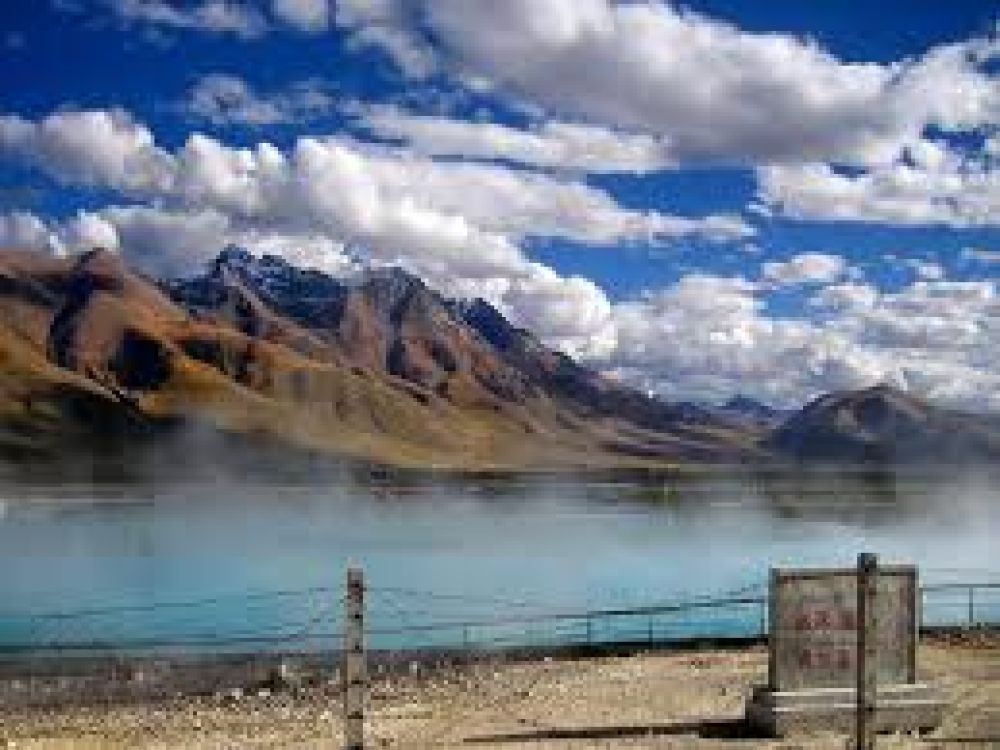

Yangpachen Hot Springs, located about 90 kilometers northwest of Lhasa, the capital of Tibet Autonomous Region in China, is famed for its geothermal activity that heats the numerous pools scattered throughout the area. The springs have a storied history, both in terms of local culture and their role in the development of Tibetan tourism.
Dating back centuries, Yangpachen has been well known among the local Tibetan population for its curative powers and has been an integral part of local culture and traditional medicine. The heat from the springs was traditionally used for greenhouse cultivation, which was exceptional given the harsh climate of the Tibetan plateau.
It wasn't until the mid-20th century that Yangpachen began to garner the attention of tourists. With the development of the first geothermal power station in China in the 1970s, the area's unique attributes received more recognition, thereby attracting adventure travelers and those interested in alternative medicine and wellness.
By the 1980s, as China opened up to the world, the potential of the hot springs as a tourist attraction was realized. Facilities were developed around the hot springs, including bathhouses and spas designed to offer comfort to visitors seeking to bathe in the mineral-rich waters, reputed for their health properties. Accommodation options began to increase, ranging from local guest houses to higher-end resorts that catered to international visitors.
Modern tourism has brought significant economic benefits to the area. It has provided new opportunities for the local people and contributed to improvements in infrastructure. The influx of domestic and international tourists to Yangpachen has been a testament to the appealing combination of natural beauty, cultural experience, and relaxation offered by the thermal waters.
Currently, there is a trend towards sustainable and responsible tourism practices in Tibet, and Yangpachen is part of this movement. Efforts are being made to ensure that the development of the hot springs does not have a detrimental impact on the environment. Visitors are encouraged to respect the delicate ecosystem and the cultural heritage of Tibet while enjoying the natural hot springs and the stunning scenery of the surrounding areas.
In keeping with these practices, Yangpachen continues to offer an experience that aligns with the interests of eco-conscious travelers and those who seek a deeper cultural engagement with the places they visit. As such, Yangpachen Hot Springs remains not just a place to relax but also a destination where visitors can immerse themselves in the traditions of Tibet.
The Yangpachen Hot Springs serve as a prime example of how tourism, when managed well, can harmonize with culture and nature. As one of the main attractions in the vicinity of Lhasa, it continues to draw visitors with its welcoming waters, contributing to the rich tapestry of tourism in one of China's most evocative regions.